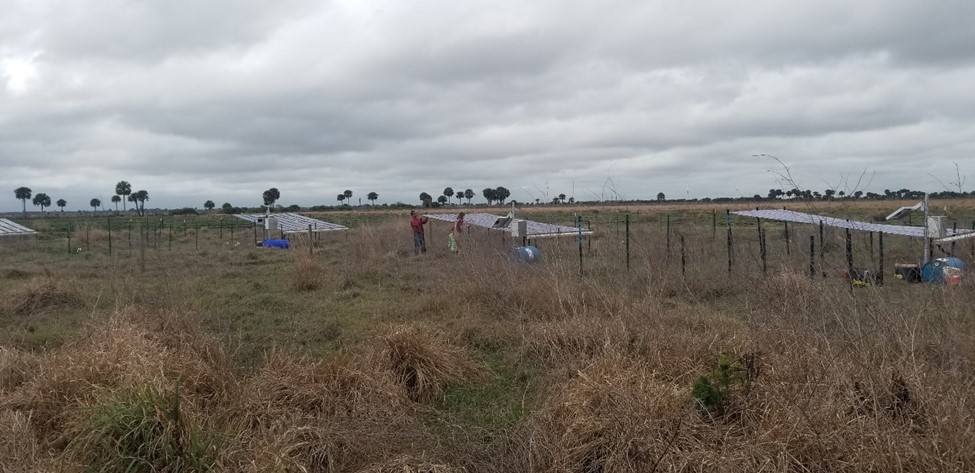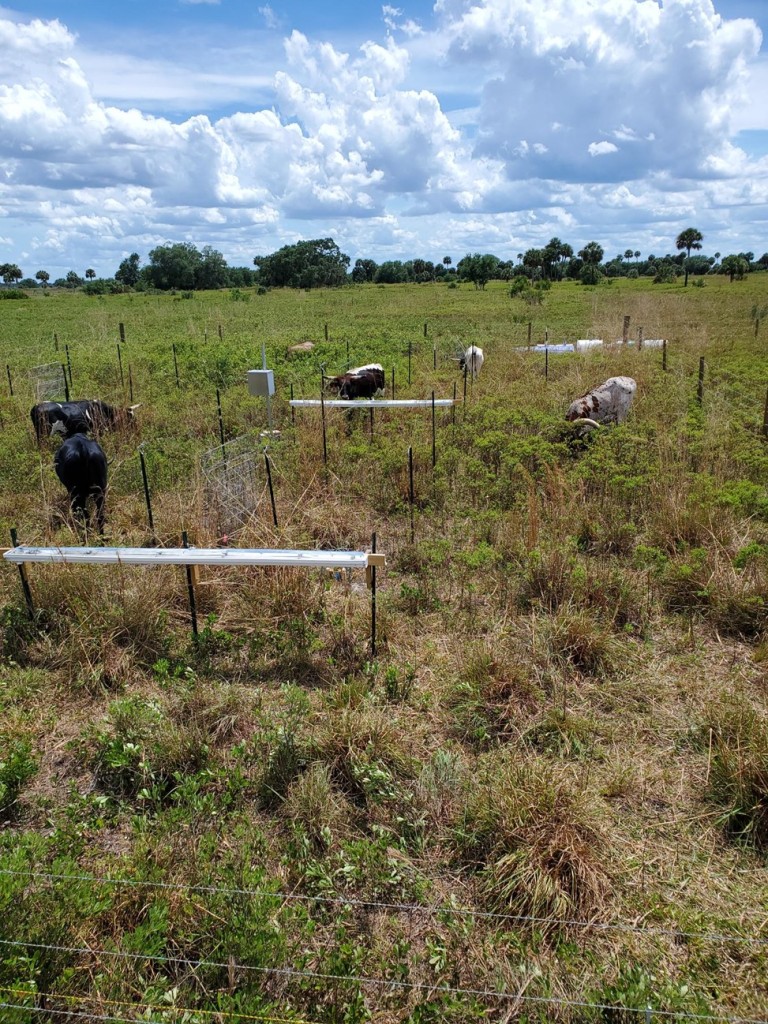
The amount of water we get during the wet season here in south Florida can be unpredictable. The intensity of our wet and dry seasons is influenced by the El Niño and La Niña climate patterns that occur in the Pacific Ocean and affect weather worldwide. Episodes of El Niño or La Niña typically last 9-12 months but can sometimes last for years. Last winter (2021) and this winter (2022), we experienced the effects of a strong La Niña, causing a drier dry season and delayed wet season. “Forecasters estimate a 61% chance of a La Niña ‘three-peat’ for fall and early winter 2023. We’ve had La Niña for three winters in a row only twice before: 1974-1976 and 1998-2001,” states Emily Becker from the NOAA Climate Prediction Center and University of Miami/CIMAS.
Residents of Highlands County have seen the short-term effects of two consecutive strong La Niña seasons with dry, crunchy lawns, and low lake levels. Changes in rain quantity and timing could also impact native plants adapted to historic precipitation patterns. To address this question, Archbold’s Buck Island Ranch, working in collaboration with Dr. Jiangxiao Qiu from the University of Florida, and with funding from the USDA National Institute of Food and Agriculture, has initiated a project to explore short-term impacts of altered precipitation patterns on Florida’s subtropical grasslands.
Lydia Landau, a Research Assistant at Buck Island Ranch, says the project will explore, “How precipitation quantity and seasonality as well as grazing-intensity might impact forage and the types and numbers of plants growing on cattle ranches here in south Florida.” To reduce the rainfall that an experimental area receives, Landau designed 80 “rainout shelters” using polycarbonate roofing panels mounted on U-posts that were installed in plots across the ranch. “We are collecting the rain from these shelter roofs into tanks,” Landau explained. “This diverted rain is then pumped to irrigate other neighboring plots to simulate additional rainfall. With this design, we can look at the impacts of both reduced quantity and increased quantity of rainfall.”
Research Assistant Emily Anderson started on the project during the first grazing event of the experiment. “To stimulate grazing, we move our 10 head of steers in and out of the pasture areas that have the rainout shelters and the irrigated plots. We mimic high and low grazing pressure treatments,” Anderson said. “It’s a lot of work to maintain the shelters and care for the cattle, although I think it’s really interesting to see climate shift scenarios physically implemented on the ground,” she continued.
Dr. Betsey Boughton, Director of Archbold’s Agroecology Program, said, “We are collecting quite a bit of data from the plots. We are recording the height, growth, number of plants, and forage quality of the vegetation in our experimental plots.” Collaborators from the University of Florida are focusing on measuring belowground processes such as decomposition, soil chemistry, and root growth. Dr. Boughton explained, “The group hopes that the results of this study will help inform management strategies that Florida ranches can use to adapt to a changing climate and precipitation patterns.”
The Precipitation Manipulation experiment is on-going and will continue into 2024. Stay tuned to Archbold’s Buck Island Ranch as we continue to collect and analyze the data!

